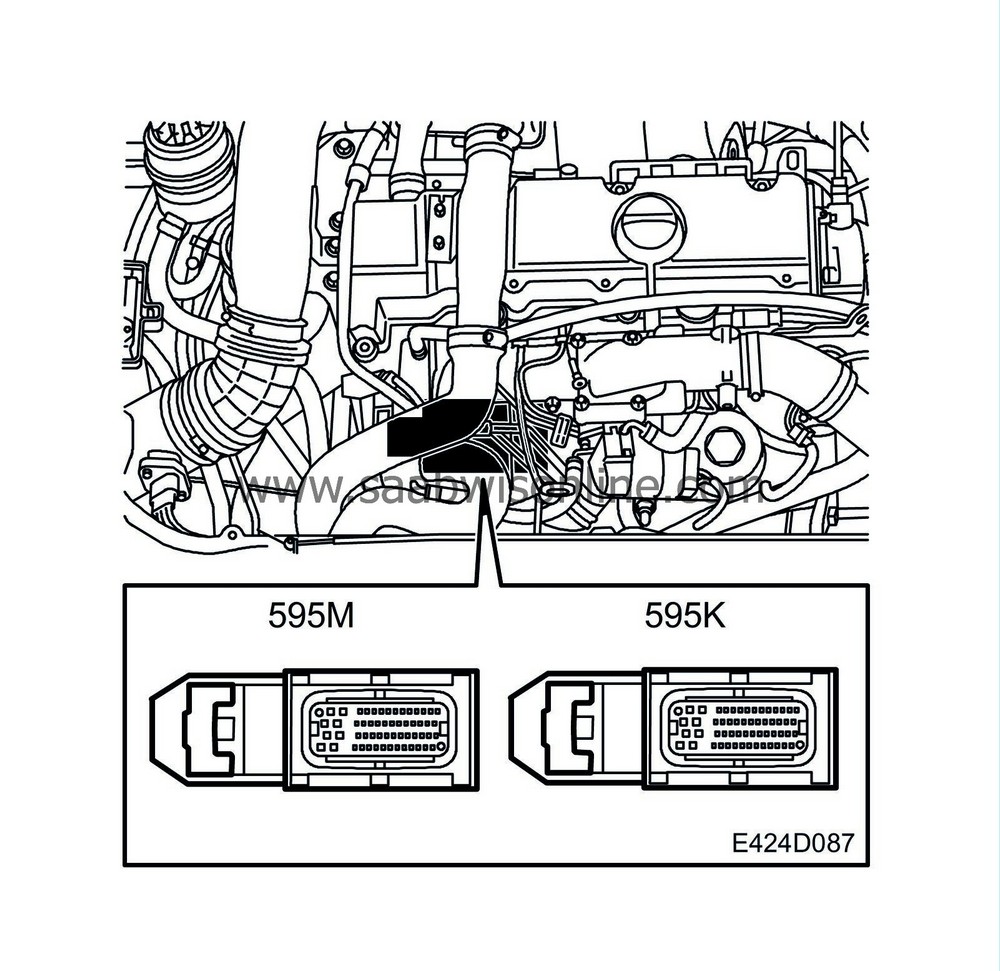PRE-RELEASE
Control module, PSG 16
| Control module, PSG 16 |
The advantage to having the engine control module mounted on the pump is that there is less wiring and quicker communication between the pump and the control module. When the engine control module receives information from the different sensors, it can react very quickly. The control module is designed to resist vibration, temperature and other external influences better than the previous control module.
Based on programmed delimiters and values from the different sensors, the control module calculates the maximum permissible fuel quantity per combustion. At the same time, it determine a suitable point in time to start building pressure in the diesel pump.
The control module, which is mounted on the diesel pump, has two 56-pin connections; one connection on each side.
The control module is fed with +15. Because no adaptation must be retained in the memory, no +30 feed is necessary. There is also an delay period that must finish before the control module ceases to ground the main relay.
The delay period is controlled by DICE via the I and P-buses. It starts when the ignition key is turned to the OFF position, that is to say when +15 feed disappears from pin 16. When the delay period is active, any DTCs are stored and diagnostics are run on the main relay. DICE keeps control module PSG 16 active (approx. 60 s) to read the engine temperature. This is done to regulate the radiator fan.
The delay period must finish before DTCs can be cleared, that is to say the main relay must no longer be ground before a DTC is permanently cleared.
When the ignition key is turned to the ON position, the Check Engine lamp lights as a functionality check. If there are no system faults, the lamp goes out after 3.5 seconds or once the engine is started, whichever comes first.
Fuel injection is regulated primarily based on pedal position, coolant temperature and engine speed. In the event of a fault, substitute functions for all sensors are available in the control module.



